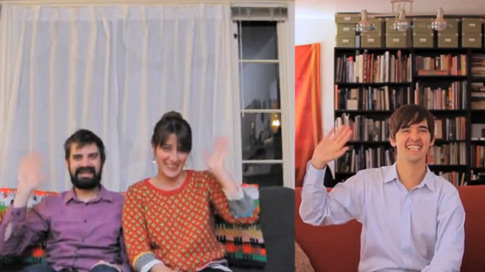What we learned while making YOUNG-HAE CHANG HEAVY INDUSTRIES’ “Pacific Limn”: a free e-book for ipads
art publishing Audio/Visual blog ebooks we make stuff
Since early last spring, we’ve been working with the renowned artist duo YOUNG-HAE CHANG HEAVY INDUSTRIES and the Kadist Art Foundation in San Francisco to produce a new, free e-book for ipads that exists simultaneously as an original artist book and exhibition catalogue for those who missed their residency and exhibition at Kadist this spring.
The artist duo wanted to play with the idea of a book and the funny straddling of digital and physical that e-books are. Jeff Canham and Devon Bella worked to photograph a real book complete with a hidden compartment for a handgun that the book reveals on browsing. Touching the gun brings up an original video by YHCHI that deals with Americanism, the problem of homelessness, and questions of how to or not to interact with people living on the street.
You can download the free book here>>
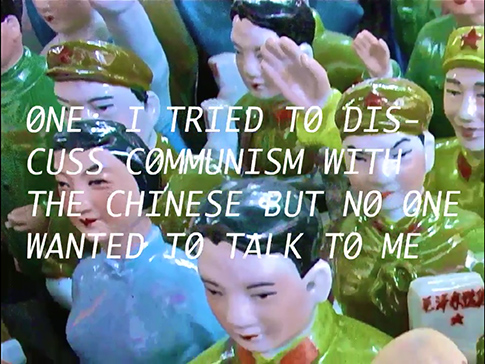
In the process of making this book, we learned a lot of things about the somewhat arcane world of e-pubs and ibooks.
1. You can’t have a full screen video (on touch) in a fixed format e-pub if you’re horizontally locking the pages and showing two pages at once.
2. You can change the cover size of an ibooks author book, but you have to open up the file and replace the asset. (takes about 20 steps)
3. You can’t have a transparent background for covers – it will turn the transparency black
4. It’s pretty much not worth it to mess around with javascript in epubs, except for really simple things.
5. HTML5/EPUB3 support is still pretty bad in ibooks.
6. You can’t have a external links on the same page as a video in iBooks Author.
7. You can’t have hidden videos or linked-to videos in iBooks Author. But you can make a poster image for video that matches a background image, so that the viewer can’t really see it. We matched a poster image to the page background color and put text on top and then styled the text to match the style of the links. Tricky.
8. You can’t hide the TOC or go directly into e-books that are made with iBooks Author.
9. Apple is sort of arbitrary an their approvals and rejections. If you get tickets that you can’t fix – call them up and argue with them. Maybe a few times. In the end, it’s a person who is making the decision so you have to get a middleman to write down your arguments that the Approver/Dissapprover will understand.
10. There are no page turning animations in e-books made with iBooks Author.
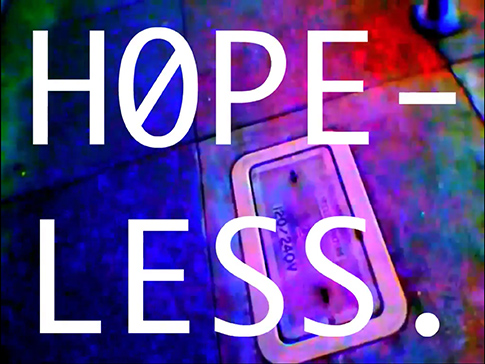
We, of course, could be wrong on some of these fronts. If anyone knows otherwise, prove us wrong in the comments!




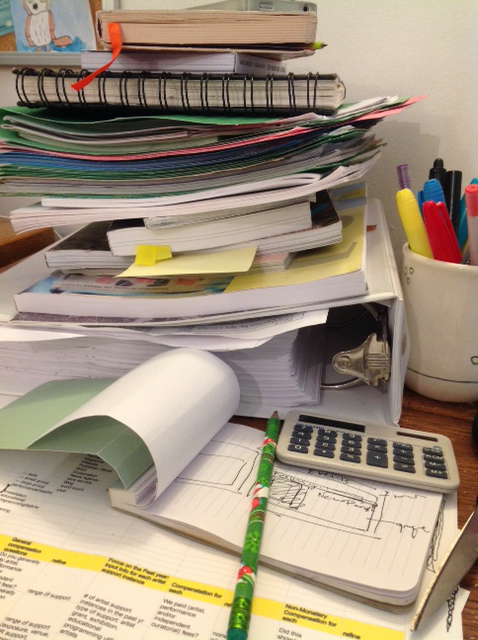
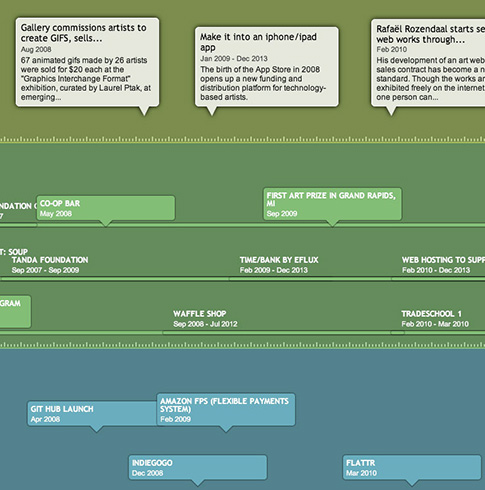
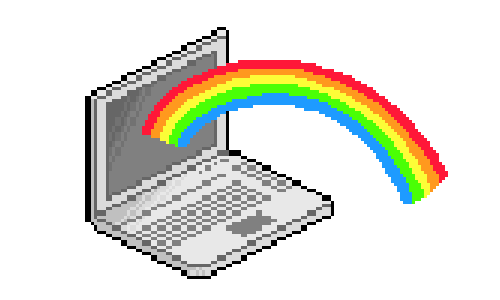
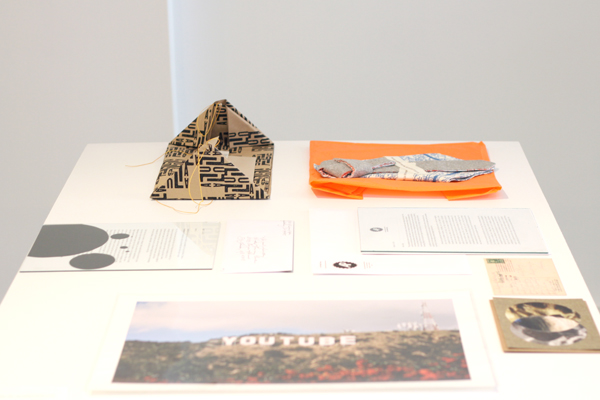
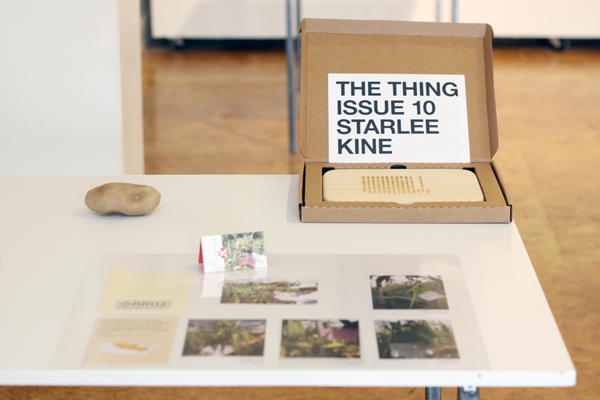 Photo: Luminary Center for the Arts
Photo: Luminary Center for the Arts

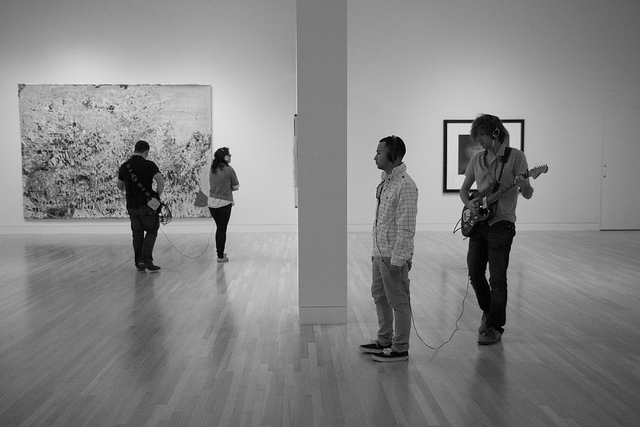 Live Museum Soundtrack,
Live Museum Soundtrack, 
